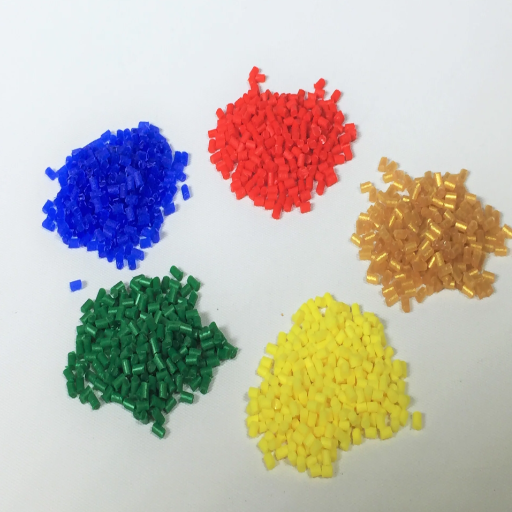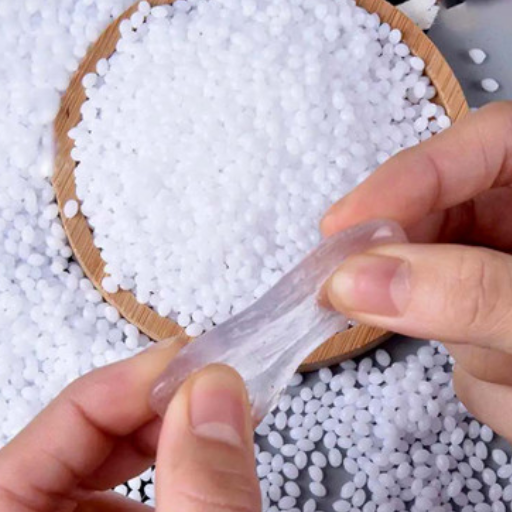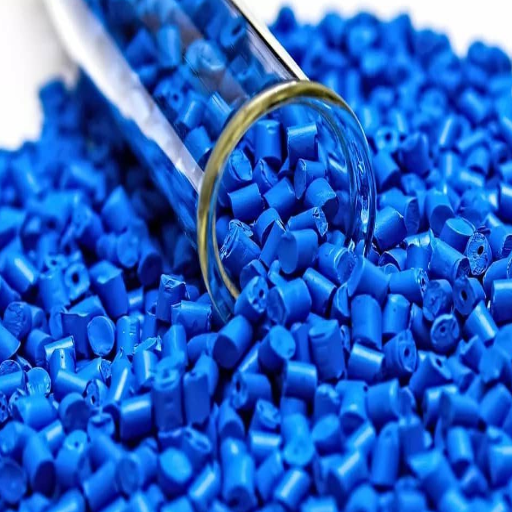Plastics have become an integral part of modern life, shaping industries, transforming manufacturing processes, and influencing everyday conveniences. This blog post will explore the fascinating science behind these synthetic materials, detailing their origins, chemical structures, and diverse applications. We will examine their impact on the environment and society, uncovering both their advantages and the challenges they pose. Through this exploration, readers will gain insights into the future of plastics—innovative solutions for sustainability and their role in driving technological progress. Whether you’re curious about polymer chemistry or concerned about environmental preservation, this article aims to provide a comprehensive understanding of plastics in our world today.
What exactly is plastic and how is it made?
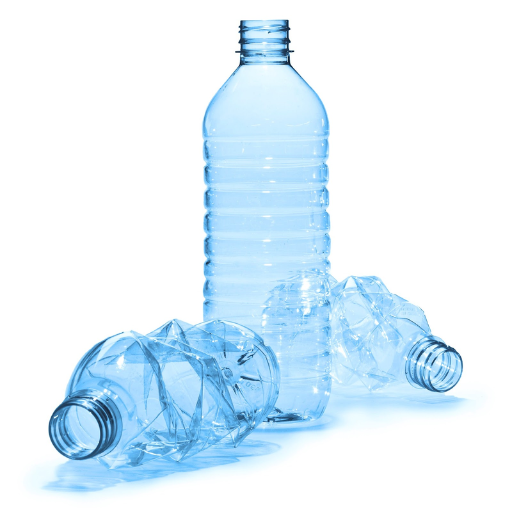
Plastics are synthetic or semi-synthetic materials primarily made from polymers, which are long chains of repeating molecular units. These polymers are derived from natural substances such as crude oil, natural gas, or renewable materials like corn and sugarcane. The production process begins with raw materials being refined into monomers, small molecules that serve as building blocks. Through polymerization, these monomers chemically bond to form polymers, resulting in various types of plastic. Additives such as colorants, stabilizers, or plasticizers are often incorporated to enhance the material’s properties, making plastics versatile for countless applications.
How are polymers used in plastic production?
Polymers are fundamental to plastic production, as they provide the structural foundation that defines the material’s properties. During the manufacturing process, polymers are heated and molded into various shapes, taking advantage of their flexibility and durability. Thermoplastics, such as polyethylene and polypropylene, can be repeatedly melted and reshaped, making them ideal for packaging and industrial use. On the other hand, thermosetting plastics, like epoxy and phenolic resins, undergo a curing process that permanently sets their shape, providing enhanced strength for applications such as adhesives or electrical components. Additives further tailor these polymers, enhancing performance characteristics like UV resistance, flexibility, or heat tolerance, allowing plastics to suit an extensive range of industries and products.
What raw materials are used to make plastic?
Plastics are primarily made from natural resources such as crude oil, natural gas, and coal, which act as the base materials for petrochemical processes. These materials undergo refining and polymerization to create polymers like polyethylene and polypropylene. Additionally, renewable resources, such as starch, cellulose, and vegetable oils, are increasingly being used to produce bioplastics, offering a more sustainable alternative. Together, these raw materials form the building blocks for the diverse range of plastics used in countless applications worldwide.
Understanding the polymerization process
Polymerization is a chemical process wherein small molecules called monomers join together to form larger chemical structures known as polymers. This process can be broadly classified into two main types: addition polymerization and condensation polymerization. In addition polymerization, monomers link through the breaking of double or triple bonds, with no by-products released. Polyethylene and polypropylene are common examples created through this method. Conversely, condensation polymerization involves the joining of monomers while releasing small molecules like water or methanol as by-products; examples include nylon and polyester.
Catalysts and specific reaction conditions, such as temperature and pressure, play a crucial role in controlling the rate and structure of the polymer chain. Advanced techniques allow for tailoring polymer properties, such as strength, elasticity, and thermal stability, to meet the diverse needs of industries ranging from packaging and automotive to medical and electronics.
Is plastic always synthetic, or can it be natural?
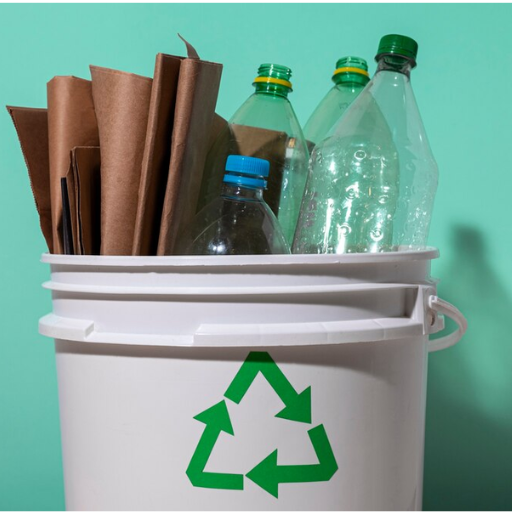
Plastics can be both synthetic and natural. While synthetic plastics are derived from petrochemicals such as crude oil or natural gas, natural plastics occur in organic materials such as amber, shellac, and rubber. These natural plastics are biopolymers, often composed of renewable resources like plants, and have been used for centuries before the widespread development of synthetic alternatives.
Exploring synthetic vs. semi-synthetic plastics
Synthetic plastics are entirely man-made, derived from non-renewable petrochemical sources such as crude oil and natural gas. These materials include polystyrene, polyethylene, and PVC, which are widely used due to their versatility, durability, and cost-effectiveness. On the other hand, semi-synthetic plastics are a blend of natural and chemically modified materials. For example, cellulose acetate and rayon are created by chemically altering cellulose, a naturally occurring polymer found in plants. Semi-synthetic plastics bridge the gap between traditional natural materials and fully synthetic counterparts, offering unique properties that extend their applications while often being more biodegradable than synthetic plastics.
Are there any plastics made from renewable materials?
Yes, there are plastics made from renewable materials, commonly referred to as bioplastics. These are derived from natural sources like corn starch, sugarcane, or vegetable oils. For instance, polylactic acid (PLA) is a biodegradable plastic made from fermented plant sugars, while polyhydroxyalkanoates (PHA) are produced by microorganisms feeding on renewable substrates. Unlike traditional plastics, bioplastics often have a lower environmental footprint and may decompose faster under appropriate conditions, though their properties and biodegradability can vary widely depending on their chemical composition.
The role of cellulose in plastic production
Cellulose, a naturally occurring biopolymer found in the cell walls of plants, plays a crucial role in the development of bioplastics. Derived from renewable sources like wood, cotton, and agricultural waste, cellulose is an abundant and sustainable raw material. It can be processed into cellulose derivatives, such as cellulose acetate, which are used in producing films, coatings, and molded products. These cellulose-based plastics often boast biodegradable or recyclable properties, making them a promising alternative to conventional plastics. Furthermore, advancements in technology have enabled the creation of nanocellulose, a material that enhances the mechanical strength and barrier properties of bioplastics, further expanding their applications across industries such as packaging, textiles, and electronics.
What are the different types of plastic?
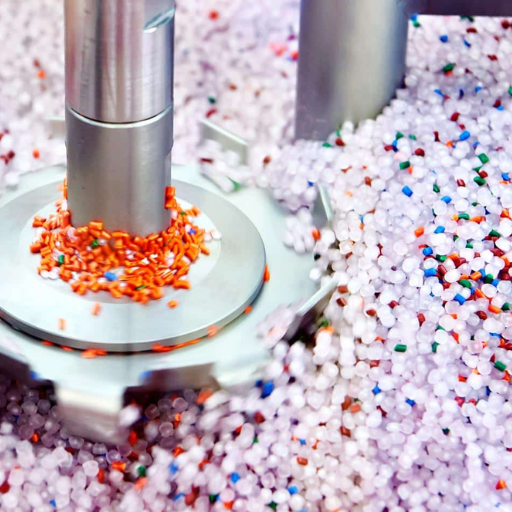
Plastics can be broadly categorized into two main types: thermoplastics and thermosetting plastics. Thermoplastics, such as polyethylene, polypropylene, and PVC, become soft and moldable when heated and can be reshaped multiple times, making them widely used in packaging, construction, and consumer goods. On the other hand, thermosetting plastics, such as epoxy, phenolic, and melamine, undergo an irreversible curing process, making them rigid and heat-resistant. These are commonly used in applications requiring durability and strength, like electronics, automotive parts, and adhesives. Additionally, bioplastics, derived from renewable sources like starch or cellulose, represent a growing category focused on sustainability.
Common plastics: PE, PVC, PP, and PS explained
Polyethylene (PE) is one of the most commonly used plastics globally, valued for its versatility and durability. It exists in various forms, such as high-density polyethylene (HDPE) and low-density polyethylene (LDPE), each offering unique properties. HDPE is strong and rigid, making it ideal for items like piping, containers, and toys, while LDPE is more flexible and is widely used for packaging, such as plastic bags and film.
Polyvinyl Chloride (PVC) is known for its outstanding durability and resistance to environmental degradation. It is widely used in construction, particularly for pipes, window frames, and flooring. There is also flexible PVC, which is softened with plasticizers, enabling its use in items like cables, hoses, and medical equipment.
Polypropylene (PP) stands out for its high melting point and ability to resist chemical stress. It is lightweight yet strong, making it suitable for a variety of applications, including food containers, automotive parts, and textiles like carpets and reusable bags. Its durability and reusability make it a preferred choice for both industrial and consumer products.
Polystyrene (PS) is a versatile plastic known for its insulating properties and cost-effectiveness. It is commonly found in disposable products, such as cups, plates, and packaging materials like foam. While effective for such use, PS faces increasing scrutiny due to challenges in recycling and environmental impact, pushing for alternatives in sustainable design.
Exploring specialty plastics like nylon and polyester
Nylon and polyester are two of the most widely used specialty plastics, prized for their versatility, durability, and wide-ranging applications. Nylon, a synthetic polymer, stands out for its exceptional strength, elasticity, and resistance to abrasion. It is commonly used in textiles, automotive components, and industrial applications like conveyor belts. Its lightweight nature makes it ideal for demanding mechanical uses. Meanwhile, polyester is renowned for its wrinkle-resistant properties, durability, and resistance to shrinking and stretching. Predominantly found in fabrics, polyester is also utilized in packaging, insulation materials, and industrial fibers.
Both materials share key advantages, such as their cost-efficiency and adaptability. However, their environmental impact is a growing concern. Both rely on petrochemicals for production and are slow to biodegrade, sparking increased efforts to develop recycled and eco-friendly alternatives. The push towards sustainability has spurred innovation, with advancements like recycled polyester and bio-based nylons emerging as promising solutions.
How do different plastic types affect recycling?
The type and composition of plastics affects how easily they can be recycled. Due to the ability to be reshaped and melted without decomposition, systems thermoplastic are easily recycled. Examples include PET (Polyethylene Terephthalate) found in beverage bottles and HDPE (High-Density Polyethylene) present in milk jugs. On the other side of the spectrum, epoxy resin thermosetting plastic is much more difficult to recycle, as the irreversible bonds formed during curing resist reprocessing. Moreover, some plastic composites, or items containing mixed materials, like multilayer packaging, make recycling more complicated, as separating the parts is often complicated and expensive. Sorting and clean processing are critical for recycling systems to operate optimally by controlling contamination and maximizing material recovery. Proper sorting and clean processing enable recycling systems optimize their performance by reducing contamination and recovering materials.
How versatile is plastic as a material?
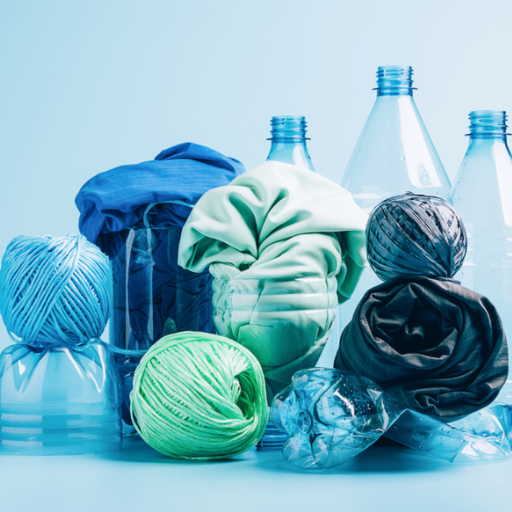
Plastic is an incredibly versatile material, valued for its adaptability and wide range of properties. It can be rigid or flexible, transparent or opaque, lightweight or highly durable, making it suitable for countless applications. From packaging and construction to medical devices and electronics, plastics’ ability to be molded into virtually any shape, combined with their strength-to-weight ratio and cost-effectiveness, has solidified their role in modern society. However, this same versatility poses challenges in terms of sustainability and recycling, requiring innovative solutions to balance functionality with environmental impact.
Various applications of plastic in everyday life
Plastics play a crucial role in numerous aspects of daily life, offering versatility and functionality tailored to specific needs. In packaging, plastics provide lightweight, durable, and moisture-resistant solutions, ensuring food preservation and safety while reducing transportation costs. The construction industry benefits from plastics through materials like PVC for pipes and insulation, which enhance durability and energy efficiency. Medical applications include single-use syringes, prosthetics, and sterile packaging, which contribute to improved safety and hygiene. Additionally, plastics are integral to electronics, forming components like wiring insulation, circuit boards, and touchscreen devices. Their adaptability extends to automotive manufacturing, where plastics reduce vehicle weight to improve fuel efficiency and reduce emissions. However, addressing sustainability challenges remains vital, requiring a concerted effort in recycling, innovation, and responsible use across these diverse industries.
Plastic’s role in construction and industrial materials
Plastics play a pivotal role in construction and industrial materials due to their versatility, durability, and cost-effectiveness. They are extensively used in piping systems, insulation, window frames, and roofing materials, offering excellent resistance to corrosion, moisture, and chemicals. Lightweight yet strong, plastics help in reducing the overall structural weight without compromising stability. Advanced plastic composites are increasingly replacing traditional materials like wood and metal, contributing to energy efficiency and reduced maintenance costs. Furthermore, innovations in reinforced plastics and sustainable alternatives are shaping the future of construction, aligning with the industry’s focus on eco-friendly solutions.
The benefits and drawbacks of plastic’s versatility
Plastics offer remarkable benefits across industries due to their adaptability, durability, and cost-effectiveness. Their lightweight nature reduces shipping and production costs, while high resistance to wear, corrosion, and chemicals ensures longevity in products ranging from packaging to automotive components. Additionally, the ability to mold plastics into virtually any shape enables significant innovation in design and engineering. However, this same versatility comes with considerable drawbacks. Plastics are notorious for their environmental impact, as they degrade slowly, contributing to pollution and harming ecosystems. The production of plastics is also energy-intensive, often reliant on fossil fuels, further exacerbating carbon emissions. While recycling provides a partial solution, inefficiencies in recycling systems and the complexity of sorting different plastics make it difficult to fully address the issue. Balancing the convenience and utility of plastics with environmental responsibility remains one of the key challenges of modern consumption.
What is the environmental impact of plastic?
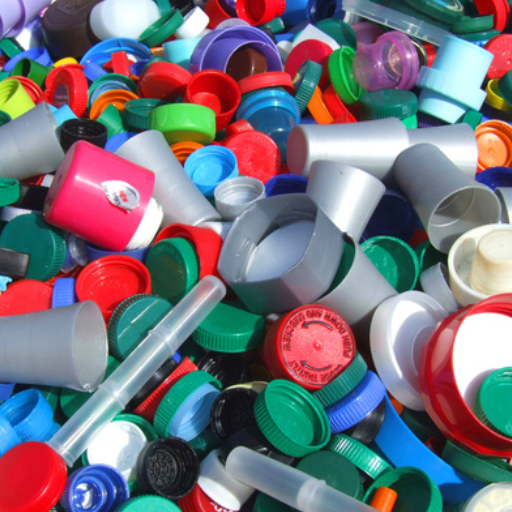
Plastics have a profound environmental impact, primarily due to their long degradation time and their accumulation in natural ecosystems. These materials often end up in oceans, harming marine life through ingestion or entanglement. Additionally, microplastics, which result from the breakdown of larger plastic items, infiltrate soil, water, and even the food chain, posing risks to both wildlife and humans. The production process involves significant energy use and dependency on fossil fuels, contributing to greenhouse gas emissions and climate change. Efforts like reducing usage, improving recycling systems, and developing biodegradable alternatives are crucial to mitigating these impacts.
Understanding plastic pollution and its consequences
Plastic pollution is a pervasive environmental issue that affects ecosystems, wildlife, and human health. Each year, an estimated 11 million metric tons of plastic waste enter oceans, disrupting marine ecosystems and endangering marine life. Items such as discarded fishing gear, single-use packaging, and non-biodegradable plastics are primary contributors. Wildlife often mistake plastic for food, leading to ingestion that can be fatal or cause severe harm. Entanglement in plastic debris also leads to injury or death for countless marine species.
Microplastics, which are tiny plastic particles less than 5mm in size, pose an even greater concern. These particles originate from the breakdown of larger plastic items or are intentionally added to products like cosmetics and cleaning agents. Microplastics have been detected in oceans, rivers, soil, and even the air we breathe. Alarmingly, they enter the food chain when consumed by marine and terrestrial organisms, potentially impacting human health through bioaccumulation.
The high carbon footprint of plastic production exacerbates its environmental impact. The manufacturing process heavily relies on fossil fuels, generating substantial greenhouse gas emissions and accelerating climate change. Addressing plastic pollution demands a comprehensive approach, including reducing plastic usage, boosting recycling rates, banning microplastics in consumer products, and investing in innovative biodegradable alternatives. Public education, corporate responsibility, and legislative action are essential to mitigating this crisis and protecting the planet for future generations.
Efforts to reduce plastic waste and improve recycling
Efforts to reduce plastic waste and improve recycling have gained momentum globally, with a range of strategies being implemented to tackle this pressing issue. Governments and organizations are focusing on reducing single-use plastics by introducing laws to ban or limit their production and distribution. For instance, many countries and regions now prohibit plastic bags, straws, and utensils while encouraging the use of sustainable alternatives.
Recycling programs are being expanded and modernized to increase efficiency. Advanced sorting technologies, such as AI-powered systems, have been employed to better separate plastics by type, ensuring higher recycling rates. Public awareness campaigns aim to educate individuals on the importance of proper waste disposal to avoid contamination in recycling streams.
Meanwhile, innovation plays a key role in addressing plastic pollution. Researchers are developing biodegradable and compostable materials to replace traditional plastics. Chemical recycling methods are also being explored, breaking down plastics into their raw components for reuse. By combining legislative measures, technological advancements, and community engagement, the global push to reduce plastic waste and improve recycling continues to grow, building a path toward a sustainable future.
Exploring alternatives to traditional synthetic plastics
Alternatives to traditional synthetic plastics are rapidly gaining traction as researchers and industries seek sustainable solutions. One promising substitute is bioplastics, which are derived from renewable resources such as corn starch, sugarcane, or algae. Unlike conventional plastics, many bioplastics are designed to be biodegradable or compostable, reducing environmental impact.
Another option is the use of polylactic acid (PLA), a popular biopolymer known for its versatility in applications such as packaging and 3D printing. Similarly, polyhydroxyalkanoates (PHA), produced by microorganisms, offer biodegradable solutions with diverse applications, from food containers to medical devices.
Plant-based fibers like hemp, bamboo, and mycelium (fungal) materials are also being utilized to create eco-friendly packaging and durable products. These innovations not only decrease reliance on fossil fuels but also contribute to reducing plastic waste. Continued research and investment in these alternatives are essential for developing cost-effective, scalable, and environmentally friendly options to replace traditional plastics in everyday life.
How has plastic manufacturing evolved over time?
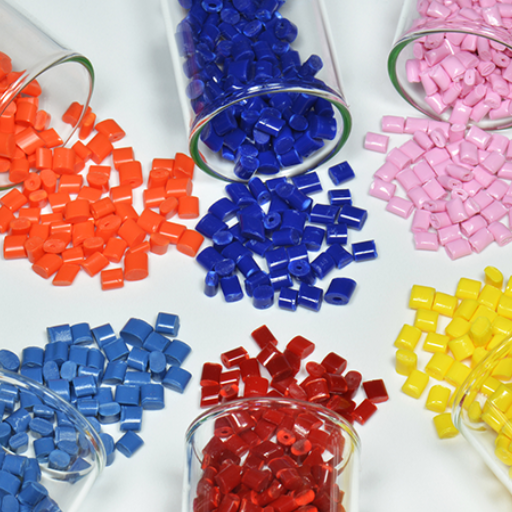
The development of contemporary practices alongside the needs of consumers have shaped the evolution of plastic manufacturing. The process started with the use of natural products such as rubber and cellulose, eventually moving on to Bakelite in the early 20th century. Manufacturing plastic further advanced with the mass production of inexpensive, lightweight, and sturdy materials such as polyethylene and polypropylene. However, the need for sustainable practices focused on concerns with recycling plastic waste and the use of fossil fuels. Modern manufacturing implements systems that recycle plastics, use biodegradable polymers, and bioplastics to reduce harm on the environment while still meeting industrial and consumer needs. This change demonstrates the responsive ability and innovation of the plastic industry in the face of global challenges.
From Bakelite to modern synthetic plastics
Bakelite, introduced in 1907, was the first fully synthetic plastic and marked a turning point for material science. Created by Belgian chemist Leo Baekeland, it offered non-conductive, heat-resistant properties, making it ideal for electrical components, automotive parts, and consumer goods. The invention of Bakelite demonstrated the immense potential of synthetic polymers and catalyzed the development of a wide variety of plastics. Over decades, materials like polyethylene and PVC expanded the applications of plastics, providing industries with highly adaptable, cost-effective solutions. Today, advancements in polymer science continue to address both functional needs and the global push for environmentally-friendly materials, proving how foundational Bakelite was to the modern plastics industry.
Innovations in plastic production techniques
The evolution of plastic production has been propelled by groundbreaking techniques that enhance efficiency, sustainability, and material properties. One major innovation is injection molding, which allows for the rapid and precise creation of complex plastic components, widely used in industries ranging from automotive to consumer goods. Another advancement is 3D printing (additive manufacturing), which enables the production of custom plastic parts with minimal material waste, revolutionizing prototyping and small-scale manufacturing.
Recently, new approaches like chemical recycling have emerged, aiming to address plastic waste by breaking polymers back into their original monomers for reuse, thus supporting circular economies. Nanotechnology has also introduced possibilities for creating plastics with enhanced strength, heat resistance, and specialized properties, catering to advanced applications in medical, aerospace, and electronics fields. These innovations showcase the dynamic progress of plastic production techniques, driving both functionality and environmental responsibility.
The future of plastic: biodegradable and eco-friendly options
As the world focuses on sustainability, biodegradable and eco-friendly plastics are gaining attention as viable solutions to reduce environmental impact. These materials, often derived from renewable resources like cornstarch, sugarcane, or cellulose, can naturally decompose into harmless components under the right conditions. Polylactic acid (PLA) and polyhydroxyalkanoates (PHA) are leading examples of bioplastics used in packaging, agriculture, and medical applications. Innovations in plant-based polymers are enhancing their durability and scalability, pushing them closer to mainstream use.
Another important development is the creation of compostable plastics, which break down in industrial composting facilities. Unlike traditional plastics, these materials minimize long-lasting pollution. Researchers are also exploring chemical additives that help accelerate decomposition in conventional plastics, making them more environmentally friendly. However, challenges like cost, limited infrastructure for processing, and potential competition with food resources remain.
Ultimately, the shift towards biodegradable and eco-friendly plastics is a critical step in addressing global plastic pollution. Yet, to fully realize their potential, there must be increased investment in research, production capabilities, and waste management systems. These innovations pave the way toward more sustainable plastic usage, benefiting both the planet and future generations.
References
Frequently Asked Questions (FAQ)
Q: What is a synthetic material and how is plastic classified as one?
A: A synthetic material is a man-made substance created through chemical processes, rather than occurring naturally. Plastic is a synthetic material because it is produced by polymerizing synthetic resins, which are derived from petroleum or natural gas.
Q: What are the most common types of plastics used in everyday products?
A: Some of the most common types of plastics include polyethylene, polypropylene, PVC, PET, and polystyrene. These plastics are often used in a wide range of applications, from plastic containers to construction materials.
Q: How is polyethylene used in plastic products?
A: Polyethylene is extremely versatile and is used to make a variety of plastic products, including plastic bags, bottles, and films. Its durability and flexibility make it a popular choice for many everyday items.
Q: What distinguishes synthetic fibers from natural fibers?
A: Synthetic fibers are made from synthetic resins and are produced through chemical processes, whereas natural fibers are derived from plants or animals. Synthetic fibers, such as polyester and nylon, are often used in clothing, upholstery, and other textile products.
Q: How did the invention of Bakelite contribute to the development of synthetic plastics?
A: Bakelite was the first synthetic plastic and was invented in 1907. It marked a significant milestone in the development of synthetic materials because it was the first plastic made entirely from synthetic components, paving the way for the creation of other plastic materials.
Q: What role does petroleum play in the production of plastic?
A: Petroleum is a key raw material used in the production of plastic. It is processed to create synthetic resins, which are then polymerized to form various plastic materials. This process allows for the creation of a wide range of plastic products.
Q: Why is plastic considered extremely versatile?
A: Plastic is considered extremely versatile because it can be molded into a wide variety of shapes and forms, is lightweight, durable, and resistant to water and chemicals. These properties make it suitable for a multitude of applications, from packaging to automotive parts.
Q: What are some examples of condensation polymers used in plastics?
A: Examples of condensation polymers include nylon, polyester, and polycarbonate. These polymers are formed through a chemical reaction where two monomers combine, releasing a small molecule such as water, and are used in producing synthetic fibers and other plastic products.
Q: How does plastic recycling benefit the environment?
A: Plastic recycling reduces the amount of plastic waste that ends up in landfills and the environment. It conserves resources by reusing plastic materials, which require less energy and raw materials to produce compared to new plastic products.
Q: What are some challenges associated with the use and disposal of plastics?
A: Challenges include environmental pollution from plastic waste, the difficulty of recycling certain types of plastics, and the potential health risks from chemicals used in plastic production. Efforts to reduce plastic use and improve recycling processes are essential in addressing these issues.

